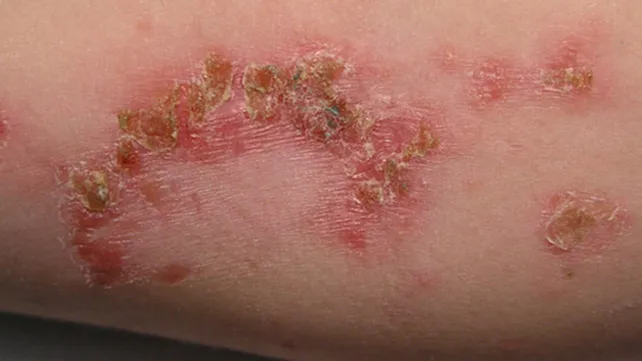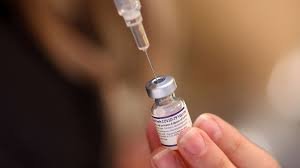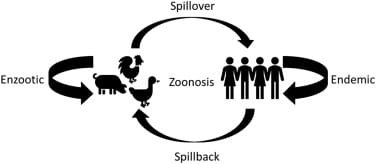Understanding the basic terms related to animal health and disease is important for keeping animals healthy and managing any illnesses that may arise. Here’s a simple guide to essential terminology:
Table of Contents
Terminology related to Health and Issues
1. Health
- Definition: Health means an animal is in a good state, both physically and mentally, showing no signs of illness or injury.
- Why It Matters: Healthy animals are active, alert, and can go about their normal lives comfortably. They have shiny coats, bright eyes, and eat well—signs that everything in their bodies is working properly.
2. Disease
- Definition: Disease is any condition that interrupts the body’s normal functions, making an animal feel unwell or uncomfortable.
- Types: Diseases can be infectious (spreadable) or non-infectious, like those caused by poor diet or inherited traits.
3. Pathogen
- Definition: Pathogens are harmful organisms like bacteria, viruses, fungi, and parasites—that can cause illness.
- Examples: Common pathogens include bacteria (e.g., Salmonella), viruses (e.g., Rabies), fungi (e.g., ringworm), and parasites (e.g., ticks).
4. Infection

- Definition: Infection happens when pathogens get into an animal’s body, multiply, and make the animal sick.
- Symptoms: Infected animals may develop a fever, swelling, feel weak, or lose interest in food as their body tries to fight off the infection.
5. Immune System
- Definition: The immune system is an animal’s natural defense that fights off diseases.
- Importance: A strong immune system helps animals resist infections or recover quickly if they do get sick.
6. Immunity
- Definition: Immunity is the ability of an animal’s body to resist or fight certain infections.
- Types: Immunity can be natural (inherited) or acquired (developed from exposure to diseases or through vaccinations).
7. Vaccine

- Definition: A vaccine is a medical substance given to animals to help their immune system fight specific diseases.
- How It Works: Vaccines contain a weakened or inactive part of a pathogen, letting the immune system practice fighting it without causing illness.
8. Antibiotic
- Definition: Antibiotics are medicines that kill or stop the growth of bacteria causing infections. They only work against bacterial infections, not viruses.
- Usage: Vets prescribe antibiotics for bacterial infections, but they need to be used correctly to prevent antibiotic resistance.
9. Parasite
- Definition: Parasites are organisms that live on or inside animals, taking nutrients and sometimes causing harm.
- Types: External parasites like fleas and ticks live on the skin, while internal parasites like worms live inside the body.
10. Zoonosis (Zoonotic Disease)

- Definition: Zoonotic diseases are those that can spread from animals to humans.
- Examples: Rabies, bird flu, and salmonella are zoonotic diseases. Good hygiene and careful handling can help prevent the spread.
11. Contagious Disease
- Definition: Contagious diseases can spread easily from one animal to another.
- Examples: Kennel cough in dogs and foot-and-mouth disease in cattle are highly contagious. Separating infected animals can help prevent the spread.
12. Symptom
- Definition: A symptom is any change in an animal’s body or behavior that may indicate illness.
- Examples: Common symptoms include lethargy, fever, coughing, or changes in how they act.
13. Diagnosis
- Definition: Diagnosis is the process of identifying a disease by examining symptoms and running tests.
- Purpose: Accurate diagnosis helps vets decide the right treatment for an animal’s illness.
14. Prognosis
- Definition: Prognosis is the expected outcome of a disease, based on the diagnosis.
- Usage: A “good prognosis” means the animal is likely to recover, while a “poor prognosis” may indicate a more serious condition.
15. Inflammation
- Definition: Inflammation is the body’s response to injury or infection, leading to redness, swelling, warmth, and pain.
- Examples: Swelling around a wound or infection site is a common sign of inflammation, showing the body’s attempt to heal.
16. Chronic Disease
- Definition: Chronic diseases are long-lasting and often develop slowly. They may be difficult to cure but can sometimes be managed with ongoing care.
- Examples: Conditions like arthritis and diabetes in animals often need regular attention and medication.
17. Acute Disease
- Definition: Acute diseases start suddenly and often have severe symptoms but may go away quickly with treatment.
- Examples: Sudden infections or injuries are acute diseases that can often be managed if treated early.
18. Carrier
- Definition: A carrier is an animal that carries a disease without showing symptoms but can still spread it to others.
- Example: Some animals carry diseases like Lyme disease without getting sick but can pass it to other animals.
19. Epidemiology
- Definition: Epidemiology is the study of how diseases spread within animal groups and how to control them.
- Purpose: By understanding how diseases move, veterinarians and animal health experts can help prevent outbreaks and protect animal health.
20. Quarantine
- Definition: Quarantine means isolating animals that may be infected to keep diseases from spreading to others.
- Use: Quarantining sick animals helps keep healthy animals safe, especially with contagious diseases.
21. Vector
- Definition: A vector is an organism that carries and spreads disease from one animal to another.
- Examples: Mosquitoes are vectors for heartworm, and ticks can spread Lyme disease.
22. Nutritional Deficiency
- Definition: A nutritional deficiency happens when an animal’s diet lacks essential nutrients, leading to health issues.
- Examples: Not getting enough vitamins, minerals, or protein can cause weak growth and other health problems.
23. Toxicity
- Definition: Toxicity is the harmful effect certain substances have on an animal’s body, potentially causing illness or poisoning.
- Examples: Poisonous plants, chemicals, or certain foods can cause toxicity if ingested.
24. Trauma
- Definition: Trauma refers to physical injuries from accidents, falls, bites, or other harm.
- Examples: Cuts, bruises, broken bones, or internal injuries from accidents are types of trauma.
25. Stress
- Definition: Stress is a mental or physical strain that weakens an animal’s immune system, making it more likely to get sick.
- Causes: Poor living conditions, crowding, hunger, or routine changes can cause stress in animals.
26. Prevention
- Definition: Prevention includes steps to keep animals from getting sick, like vaccinations, good nutrition, and clean environments.
- Importance: Preventing disease is usually easier than treating it, so preventive care is key to keeping animals healthy.
27. Treatment
- Definition: Treatment is the care given to an animal to help it recover from an illness or manage symptoms.
- Methods: Treatments may include medications, surgery, dietary changes, or special therapies, depending on the disease.
This guide to animal health terms is designed to help you understand the basics so you can recognize signs of disease, prevent illness, and help animals stay healthy and happy.
Frequently Asked Questions (FAQ)
What is Mortality?
Mortality is the occurrence of death within a population, often measured as a rate, showing how many deaths happen due to specific causes over a certain period.
What is Epidemiology?
Epidemiology is the study of how diseases spread, their distribution in populations, and the factors that influence or control their spread.
Related Articles

